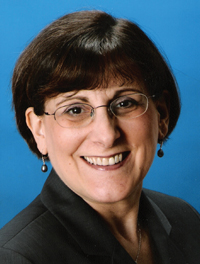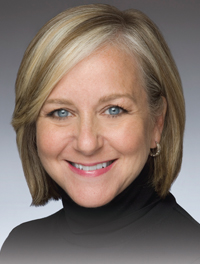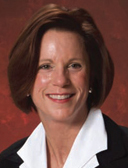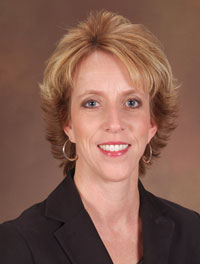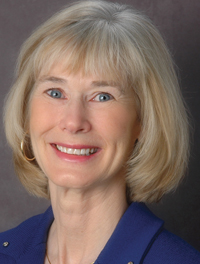
Colleen M. Brickle, RDH, RF, EdD, is dean of Health Sciences at Normandale Community College in Minneapolis. Her passion lies in championing for the rights of the underserved and creating a future in which those without access to care receive the oral health care services they need. She is an advocate for furthering the profession of dental hygiene through legislation in her home state of Minnesota. Through innovative partnerships, she successfully led the effort to develop and implement career ladder programs for dental hygienists. She is actively involved in legislative efforts for health care policy reform, with most of her efforts directed at the oral health practitioner legislation. In 2004, Brickle planned and implemented a community dental clinic that is housed in Normandale’s dental hygiene clinic, which serves those insured by public programs and uninsured clients on a sliding scale basis.
What is Minnesota’s oral health practitioner?
It all started because of access to care issues in Minnesota. In 2001, Minnesota began limited authorization for dental hygienists, which meant they could practice in alternative settings. The language was improved in 2003 and 2005 to allow dental hygienists in Minnesota to perform our full scope of practice under general supervision if a collaborative agreement with a dentist is in place. General supervision in Minnesota means you don’t need to have a dentist present, and dental hygienists can provide care, such as sealants or the administration of local anesthesia, without the patient first needing to be seen by a dentist.
In 2004, ADHA started granting competencies for the advanced dental hygiene practitioner (ADHP), which intrigued me. I came up with an idea that Normandale Community College, in conjunction with a 4-year university, would develop a degree completion program, a post-baccalaureate certificate program, and master’s level program all based on the ADHP. My dean advised me to think of the master’s program as an “oral health practitioner” program instead to prevent any limitations on the duties that might be performed under this new umbrella. In 2005, Metropolitan State University in St. Paul agreed to partner with us and the programs were approved a year later. Of course there was no legislation, so in 2007 we founded an advisory committee of dentists and worked on the curriculum further. Then in 2008 we started legislative work. In 2009, the oral health practitioner changed into two levels: dental therapist and advanced dental therapist. Minnesota now has two mid-level providers and there are two academic programs going on right now.
What are the differences between the dental therapist and advanced dental therapist?
A baccalaureate degree is required to become a dental therapist. Almost everything dental therapists can do must be performed in a dental office; they can do a few things under general supervision, such as sealants and prevention services. Dental therapists do not perform dental hygiene duties with the exception of some prevention services, such as radiographs, fluoride, etc. They do not perform any scaling or root planing. They do provide other restorative services, such as cavity preparation, indirect/direct pulp capping, extractions of primary teeth, repair of defective prosthetic devices, recementing permanent crowns, fabricating mouthguards, and tissue reconditioning. Advanced dental therapists do all that I just mentioned in addition to oral evaluation and assessment; formulation of an individualized treatment plan in collaboration with a dentist; nonsurgical extraction of permanent teeth that are periodontally involved and have class III or IV mobility; and provide, dispense, and administer analgesics, anti-inflammatory drugs, and antibiotics. This level requires a master’s degree. Advanced dental therapists can work under general supervision with a collaborative management agreement once they have worked 2,000 hours as a basic dental therapist. The collaborative management agreement means that the dentist is in charge, but advanced dental therapists can go to schools, nursing homes, group homes, and alternative settings to provide care without the dentist present. These new providers are one solution to the access to oral health care problem faced by many in the United States today.

